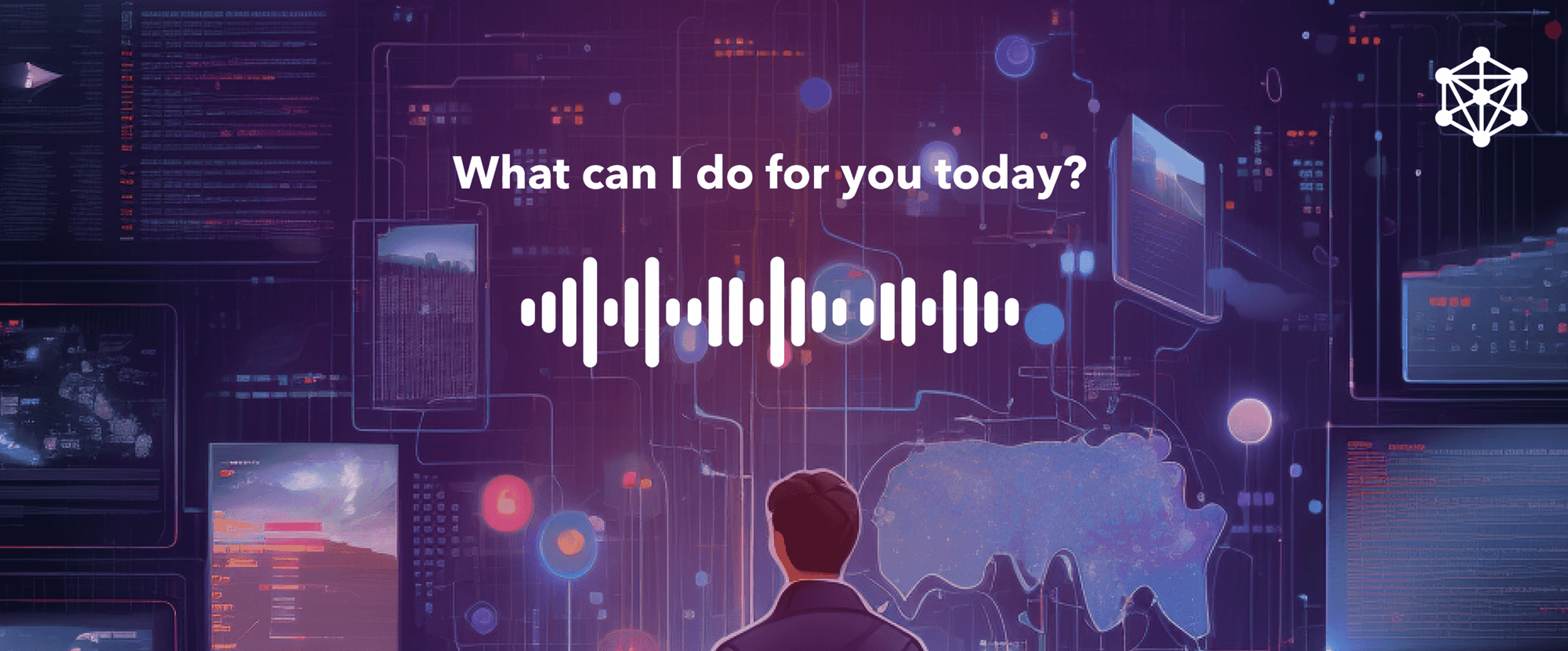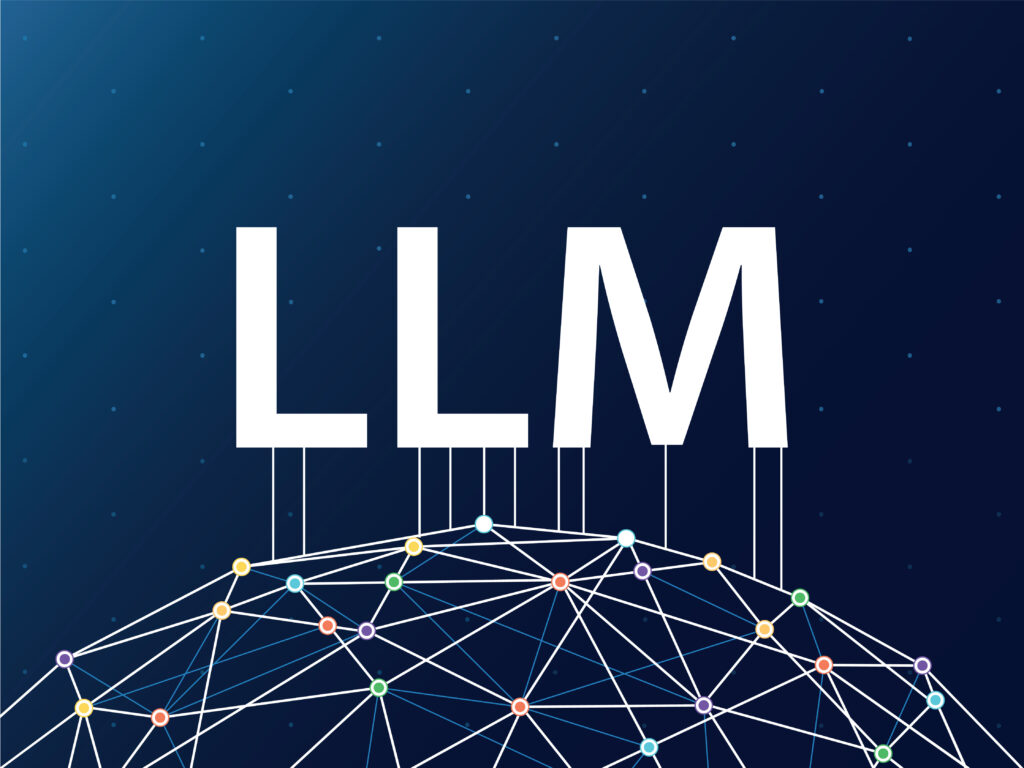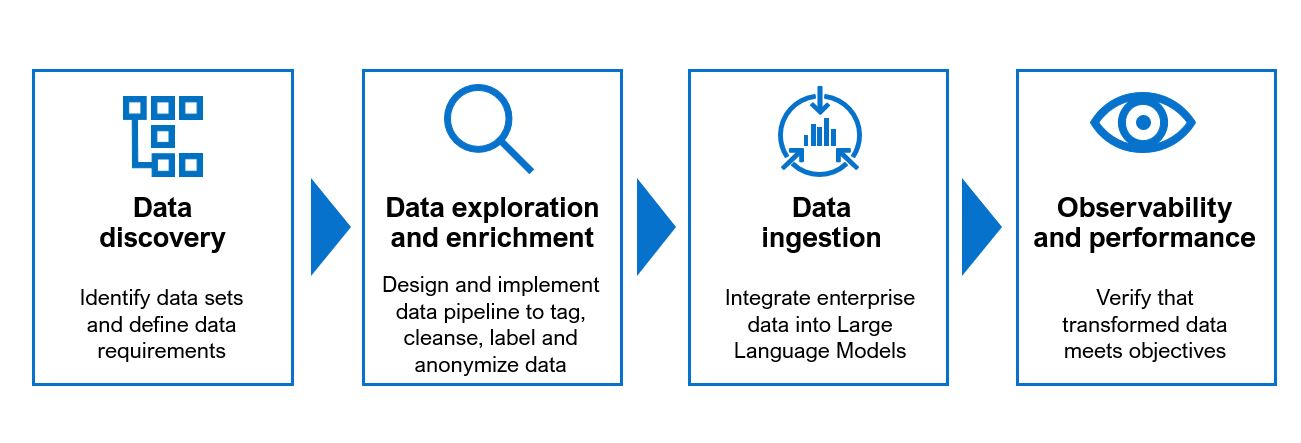
The Rise of Generative AI: Understanding the Four Critical Components
The advent of Generative AI (GenAI) has revolutionized various industries, from healthcare and finance to entertainment and customer service. At the heart of GenAI systems lies a intricate interplay of four fundamental components: Human, Interface, Data, and large language models (LLMs). To harness the full potential of GenAI, it is essential to comprehend the role and significance of each component.
Human: The Architects and End-Users of GenAI
Humans play a multifaceted role in the GenAI workflow, serving as architects, trainers, supervisors, and end-users. Their expertise and creativity are crucial in designing AI systems that are relevant and effective in specific contexts. Humans provide the initial knowledge and insights required to train AI models, supervise their performance, and ensure they operate within ethical and functional boundaries.
 Humans are the architects and end-users of GenAI systems.
Humans are the architects and end-users of GenAI systems.
Interface: The Bridge Between Human Intent and AI Capabilities
The interface is the medium through which humans interact with AI systems, facilitating real-time communication and feedback. Effective interfaces are characterized by usability, responsiveness, and customization. A user-friendly interface ensures that users can easily interact with the AI system without requiring extensive technical knowledge.
 The interface serves as the bridge between human intent and AI capabilities.
The interface serves as the bridge between human intent and AI capabilities.
Data: The Lifeblood of GenAI Systems
Data is the foundation of GenAI systems, directly impacting the performance and accuracy of AI models. High-quality data is essential, as it enables AI models to learn effectively and generalize well across different scenarios and populations. Data quality, quantity, and diversity are critical considerations in the GenAI workflow.
 High-quality data is essential for GenAI systems.
High-quality data is essential for GenAI systems.
Large Language Models (LLMs): The Core Engines of GenAI
LLMs are the core engines that drive GenAI systems, capable of generating human-like text based on their input. The effectiveness of LLMs hinges on their architecture, training, and ethics. Advanced architectures like transformer models have significantly improved the capabilities of LLMs, enabling them to understand and generate text more effectively.
 LLMs are the core engines that drive GenAI systems.
LLMs are the core engines that drive GenAI systems.
Conclusion
In conclusion, the GenAI workflow is a complex interplay of human expertise, user-friendly interfaces, high-quality data, and advanced LLMs. Each component is crucial in ensuring that AI systems are effective, reliable, and beneficial to users. By understanding and optimizing these elements, researchers and users can harness GenAI’s full potential to drive innovation and improve various aspects of human life.
 The GenAI workflow is a complex interplay of human expertise, user-friendly interfaces, high-quality data, and advanced LLMs.
The GenAI workflow is a complex interplay of human expertise, user-friendly interfaces, high-quality data, and advanced LLMs.














